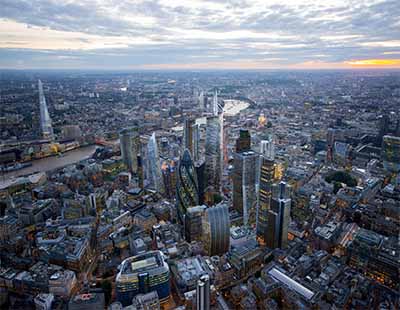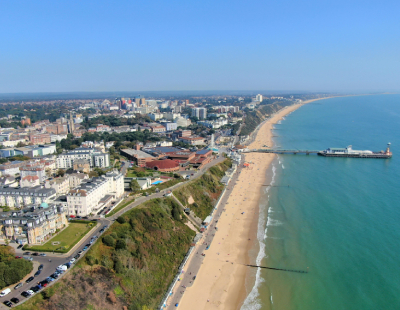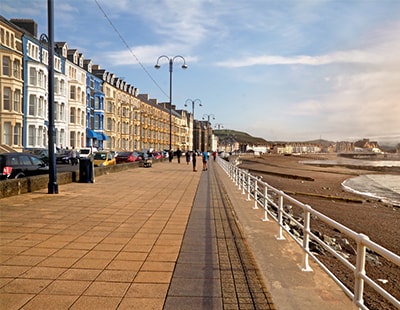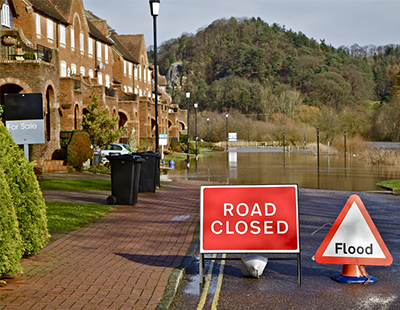How can property investors capitalise on the shift towards dense, mixed-use urban environments?
Mixed-use urban developments in an urban setting are in high demand. Many people prefer a residential address which is close to their workplace, and where services, shopping and leisure are only a footstep away.
An area in which residential places are combined with shopping, leisure and meeting places tend to have a stronger sense of community and belonging.
Investors can capitalise on the shift toward urban mixed-use environments by tapping into locations and areas which are undergoing an upward transition because of strong economic and demographic fundamentals on aggregated city level, and local characteristics such as a potentially attractive heritage building stock. It could also be due to local investments such as a new university campus or a creative business area, and improved connections and access.
The earlier investors are able to trace such spots, the more difference they can make. Examples are revitalisation and gentrification of formerly run-down residential neighbourhoods, the transformation of derelict ports, or industrial or logistic sites with potential heritage buildings. But it can also be about oversized retail buildings such as department stores where upper floors can be converted into residential, office space, or other uses.
Is Brexit having an impact on urban regeneration and the delivery of quality mixed-use schemes in both the UK and the EU? Would a no-deal hold back future projects, or is real estate investment impervious to this?
UK politics has been strongly Brexit-focused since the EU referendum in 2016, leaving little time for other political initiatives. However, on the ground, projects are continued to be initiated and implemented. Key question is how a no deal Brexit will impact the economy.
If the current context leads to a recession and a market slowdown, it would result in delays. However, the economic and demographic fundamentals of core cities across Europe, including London, are strong, and the growth outlook of core cities is above national average.
Core cities continue to be the main hubs for consumption and spending. In the UK, however, uncertainty linked to Brexit suppresses investor appetite and transaction volumes are being impacted negatively, having a negative influence on market liquidity and exit potential.
Are mixed-use schemes, as is the case with major regeneration projects like the transformation of Television Centre, the future for urban development?
Current trends like the lower necessity to separate functions because of noise and pollution, the higher demand for mixed-use environments, and the need for a certain density to fulfil the demand for housing and to create a threshold for services are all much in favour to urban mixed-use developments.
Changing patterns of mobility, lifestyles, and technological innovation are likely to contribute to the potential of mixed-use solutions in urban areas. This has a massive impact on central areas in core cities which offer good potential for revitalisation and upgrading after several decades of suburban growth in combination with urban decay. Many urban areas in large cities have been revitalised in recent decades, with new additional areas emerging in the limelight.
For instance, many urban quarters in Hamburg went through a rehabilitation process in the last decade, with Sternschanze being one of the most recent upcoming spots in the city, attracting creative businesses and progressive urban residents alike.
Does there need to be a careful balance between regeneration and gentrification, which can cause existing communities to be pushed out?
One of the key strengths of a city is a diverse urban landscape. To function well, large cities rely on a massive workforce in education, health, police and other sectors and services. Furthermore, large cities tend to attract young people in an early phase of their life course and contributing to the future potential of the city, like students and people making the first steps in their careers.
The ability to provide housing for these groups is essential for a city’s wellbeing and cohesiveness. Besides, diversity is often seen as one of the qualities that make core cities attractive. On the other hand, market dynamics lead to neighbourhoods coming up or going down.
Pressure on centrally located areas is especially high. The art for local authorities is to aim for a relatively balanced overall development without interfering too much on micro level.
What will major cities of the future look like?
Cities are currently changing rapidly. Central urban areas are expanding, taking over areas previously devoted to industrial, logistics, or waterfront port-related activities. Central cities are becoming rapidly more mixed-use, as not only places to work or shop, but also places to live and meet. While the car is becoming less dominant in central urban areas, people increasingly rely on shared mobility platforms for bikes, cars, taxis, etc, next to public transport.
With central cities growing in scale and profile, subcentres and hubs on strategic locations like stations will develop, Partly for environmental reasons like managing microclimate and heat bubbles, and partly for aesthetic reasons, central urban areas are becoming greener thanks to roof gardens, wall gardens, terrace gardens, and other concepts.
With environmental issues increasingly important, how can urban regeneration be conducted in an eco-friendly manner?
Sustainable development can be seen as a pre-condition for success, and knowledge and skills to create durable projects has improved substantially, even when repositioning existing properties.
Environmentally responsible urban regeneration includes a high energy-efficient, carbon-neutral consumption through both isolation techniques and technical applications to manage energy consumption more efficiently, facilitating the use of solar energy and the recycling of various water flows.
Second, a waste collection system which favours separation of several critical waste flows. Third, use of construction materials which can be recycled when the time for renovation or demolition comes.
Fourth, create more green throughout the area, gardens, on roofs, on balconies, to improve microclimate and for aesthetic reasons. And fifth, the creation of urban mixed-use projects in an urban setting which favours a less car and mobility-dependent lifestyle and contributes to carbon reduction.




.jpg)




.png)

.jpg)








Join the conversation
Be the first to comment (please use the comment box below)
Please login to comment